The Real Thing by Faith No More
Buy The Real Thing Faith No More found their signature sound and commercial breakthrough with The Real Thing in 1989. This was the first release by the band to feature vocalist Mike Patton, […]

Buy The Real Thing Faith No More found their signature sound and commercial breakthrough with The Real Thing in 1989. This was the first release by the band to feature vocalist Mike Patton, […]
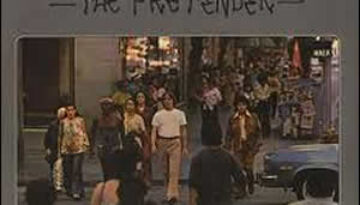
Buy The Pretender Written the the wake of a personal tragedy, The Pretender, by Jackson Browne brings the listener on a subtle journey. It begins by exploring the heavy burdens and trials of […]

Buy The Long Run The Eagles completed their torrent through the seventies with 1979’s The Long Run, the studio album which closed the decade as the number one album in the USA. This diverse album […]
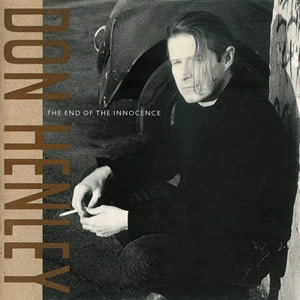
Buy The End of the Innocence The End of the Innocence was Don Henley‘s best selling solo album and his lone solo release in the 16 year span between 1984 and 2000. A […]

Buy The Eagles The Eagles produced an impressive, diverse, and sonically superior debut album in 1972, launching a successful elevation throughout the rest of the decade. The album was produced in London by […]
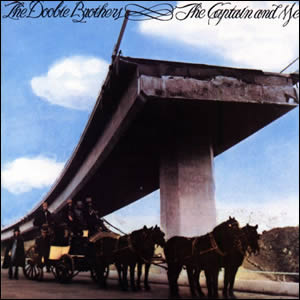
Buy The Captain and Me The Captain and Me is the third album by The Doobie Brothers on which they combine their trademark funk with just a touch of California folk and country-rock. […]
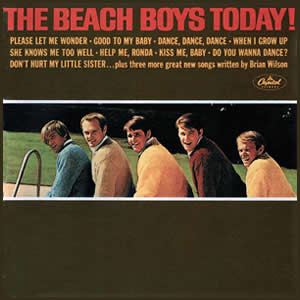
Buy The Beach Boys Today! The Beach Boys Today! was the 1965 eighth overall studio album by The Beach Boys. It marked a subtle shift in production technique and lyrical themes for the […]
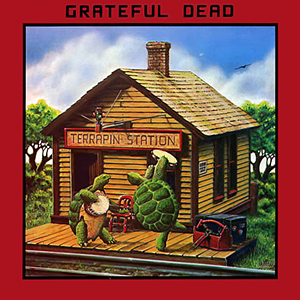
Buy Terrapin Station By the mid 1970s, the fiercely independent Grateful Dead decided to make a radical turn towards more conventional music business practices. Foremost in this new direction was the decision to […]
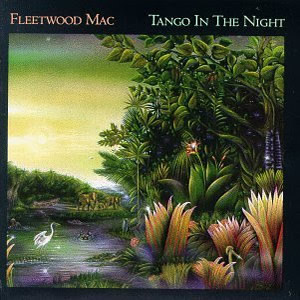
Tango In the Night is the fifth and final studio album by successful quintet that brought sustained stardom for Fleetwood Mac. Like their previous four albums, it found popular success driven by the […]
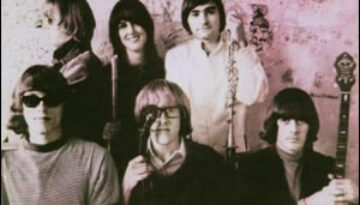
Buy Surrealistic Pillow Jefferson Airplane reached an early peak with their second LP Surrealistic Pillow. The album was the first album to feature vocalist Grace Slick, who made an immediate impact by bringing […]